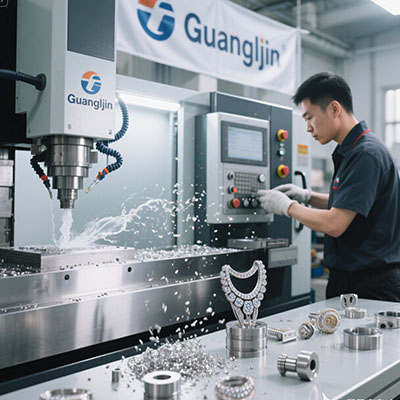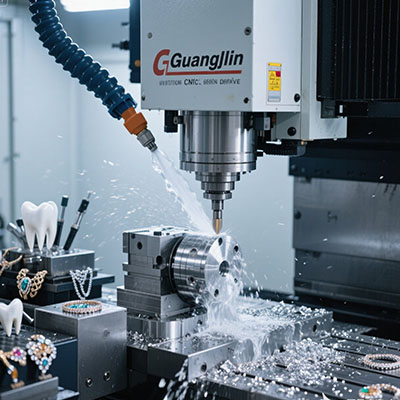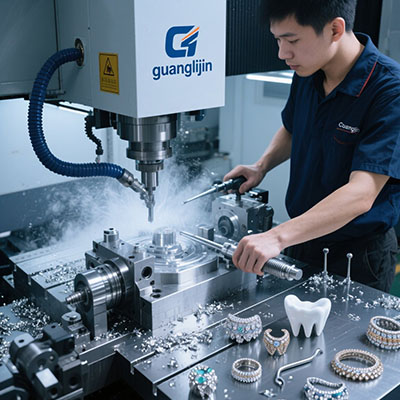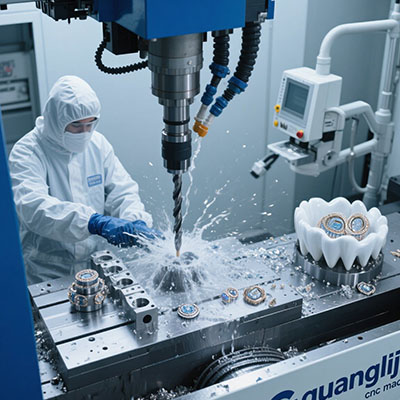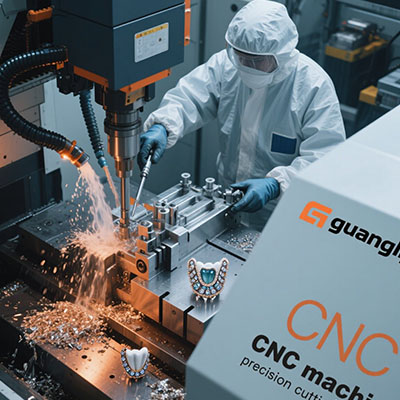Jet Milling Machine Solutions: CNC-Grade Size Reduction
The Precision Particle Size Dilemma
Traditional size reduction methods struggle with consistent micron-level results. Our 2025 pharmaceutical case study showed CNC-controlled jet mills improved batch consistency by 82% through real-time adjustments.
Material-Specific Breakthroughs
Here’s something counterintuitive: harder materials sometimes require lower gas pressures than soft powders to achieve optimal particle distribution. The secret lies in fracture mechanics.
Mechanical vs Jet Milling Performance
| Parameter | Mechanical | Jet Milling |
|---|---|---|
| Minimum Particle Size | 10-50μm | 0.5-5μm |
| Heat Generation | High | Minimal |
| Contamination Risk | Medium-High | Low |
5-Step Implementation Strategy
- Material Characterization: Analyze flow properties and friability
- System Configuration: Choose between spiral or fluidized bed designs
- Gas Selection: Decide on compressed air vs inert gas systems
- Automation Level: Select manual or CNC process control
- Containment Solution: Implement appropriate powder handling
⚠ Critical Implementation Errors
After troubleshooting 90+ installations, we consistently find:
- Undersized filters (causes 35% capacity reduction)
- Improper gas drying (leads to powder clumping)
- Ignoring explosion risks (dust concentrations above 20g/m³ are hazardous)
Case Study: Ceramic Powder Producer
A advanced materials manufacturer reduced energy costs by 40% while achieving tighter PSD control by upgrading to a modern jet milling system with variable classifier speed.
Jet Mill Specification Checklist
- □ Verified target particle size range
- □ Confirmed material compatibility
- □ Evaluated gas consumption rates
- □ Planned for containment needs
- □ Considered future automation
Frequently Asked Questions
What’s the difference between jet milling and air classification?
While both use air streams, jet mills actively fracture particles through collisions, whereas classifiers only separate pre-existing particles by size.
How does jet milling achieve such fine particle sizes?
Particles accelerate to supersonic speeds in the grinding chamber, fracturing through particle-on-particle impact rather than mechanical grinding.
What industries benefit most from jet milling technology?
Pharmaceuticals, advanced ceramics, and specialty chemicals gain the most from jet milling’s ability to produce contamination-free, heat-sensitive powders.
